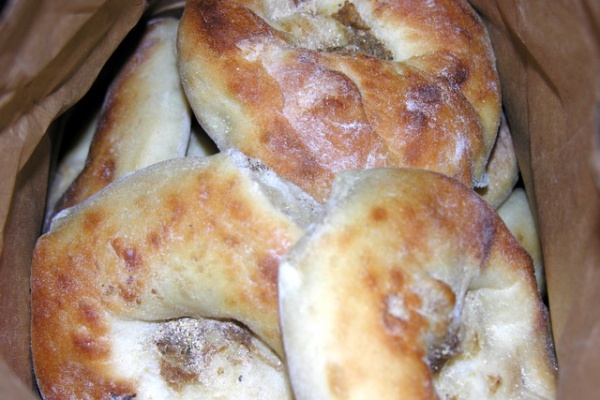Facts About Bialy
Bialys are a cherished fixture in Polish Ashkenazi Jewish cuisine, originating from the city of Białystok, Poland. These bread rolls bear a familial resemblance to bagels, but instead of being boiled, they are baked. A distinguishing feature of bialys is the depression in the middle, typically filled with diced onions and occasionally other flavorful ingredients.
The journey of bialys in the United States began in the late 1800s when Polish Jewish immigrants brought their treasured recipes with them. They quickly became a staple in Jewish bakeries across the Northeastern U.S., particularly in New York City. While bialys are often baked alongside bagels, they haven't quite attained the same widespread recognition.
Crafting traditional bialys is a meticulous process, often seen as a labor of love, involving time-consuming methods that many modern bakeries have opted to expedite using machines. Despite this shift, bialys remain an iconic New York City delicacy and can even be found in the frozen section of supermarkets nationwide.
In popular culture, former New York Times food writer Mimi Sheraton honored this humble bread in her 2000 book, "The Bialy Eaters: The Story of a Bread and a Lost World." Her work highlights the bialy's rich heritage and its special place in Jewish culture.

 Lithuania
Lithuania